Manila
When I visited Manila in 2017 I stayed in Bonifacio Global City but I had a bit of a tour of the city as well.
What to See
Manila is steeped in history but it is also a thriving metropolis with modern developments (such as Bonifacio Global City) keeping the city alive. There are many poor people here with shanties built up in places such as along the long neglected rivers of the city now used as open sewers.
Note that getting around can be tricky so see some of my pointers here. For first time visitors I would suggest not staying in the central area of the city (as you may feel very confined to the comfort of the hotel) and organising a tour to orient yourself otherwise you may quickly get into trouble if not completely lost.
Intramuros (The Old City)
Surrounded by the old city walls there are still signs of the old city complete with cobblestones. The walls have been largely restored and it is possible to walk on them.
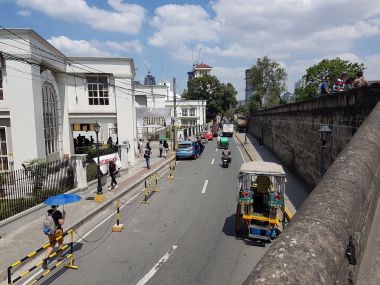
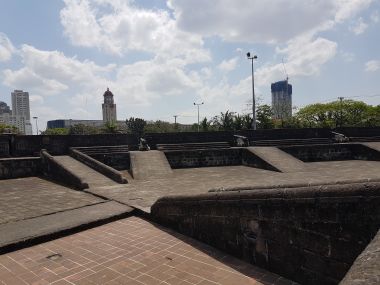
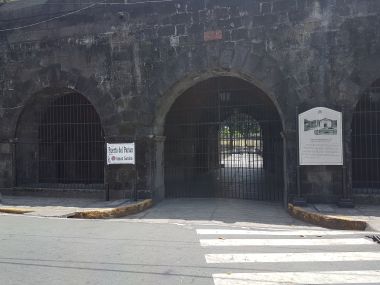
See Wikipedia for further information.
San Agustin Church
I was not able to visit inside this church in the heart of Intramuros (due to a wedding) but there is an attached museum for which a small entry fee is charged. Can be quite busy with tourists though make sure you cross the street to the block with “Barbara's” restaurant on the outside as there are a series of cobbled courtyards with restaurants and hotels (“Casa Manila”, see below).
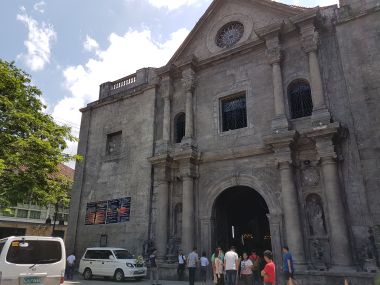
See Wikipedia for further information.
Casa Manila Intramuros
A small block of restaurants and hotels that give a taste of what Intramuros must have been like. Follow the cobbled paths through the buildings to some pretty courtyards. “Casa Manila Intramuros” itself is a museum of life in the colonial era.
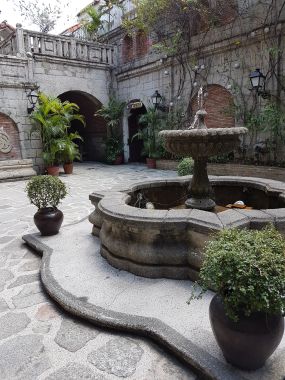
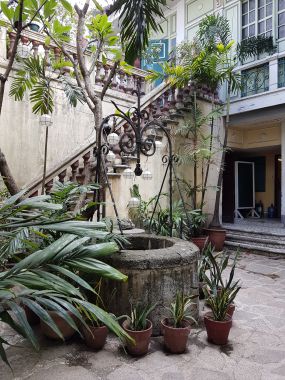
See Wikipedia for further information.
Manila Cathedral
A huge, quite modern, Roman Catholic cathedral in Intramuros that is plagued by beggars on the steps and surrounding area who are attracted by the large number of visiting tourists. The area surrounding the cathedral is a bit run down with various government buildings and a neglected square in front so the cathedral certainly stands out.
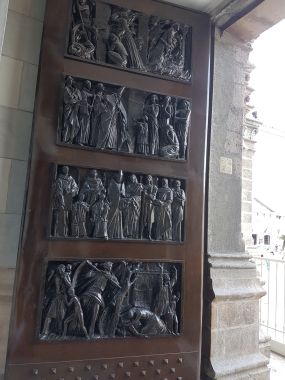

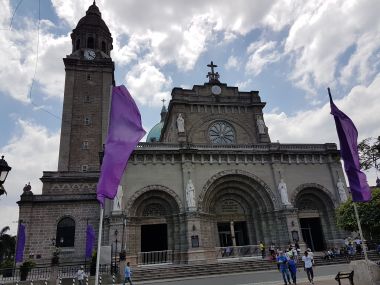
See Wikipedia for further information.
San Sebastian Church
Perhaps a bit off the tourist map this is certainly worth a visit as the first (and only) metal church in Asia. Suffering a bit from rust on the outside the church itself is regularly used and a lot more interesting than the cathedral. Do not miss the courtyard on the right side of the church (near the toilets) for a bit of green in the concrete of the surrounding city.
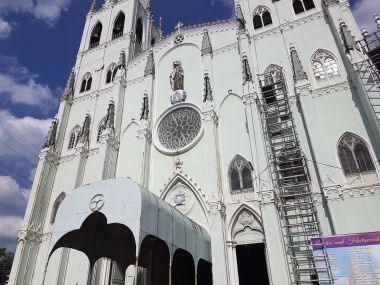
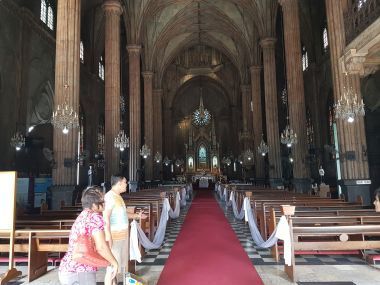
See Wikipedia for further information.
The Manila Hotel
A classic hotel where loads of famous people have visited with a wonderfully opulent interior. Includes a number of restaurants and bars worth visiting. Note that it is also a convention facility so it might not be just hotel guests…
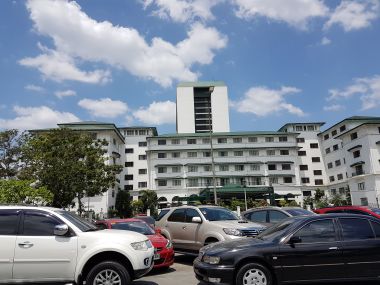
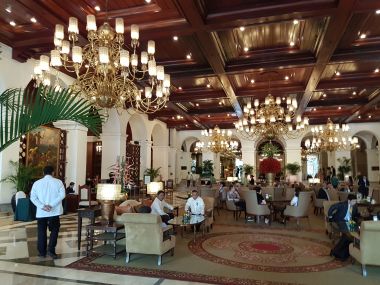
For further information, see their official web site at http://manila-hotel.com.ph/.
Chinatown
Chinatown in Manila is a bustling place (particularly on a Saturday) where the local people come to get good prices on knock-off, well, anything. A rabbits warren of narrow streets it is not for the fainthearted. Without knowing where you are going I would give this a miss.
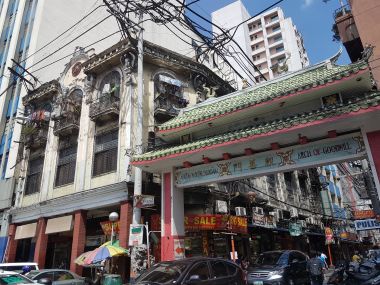
Dangwa Flower Market
Mostly dealing with pre-arranged local flowers those flown in from other countries can be found too. You will need to haggle. The “Dangwa Flower Market” was originally a bus station but the flower stalls gradually took over though there is still a bus station behind…
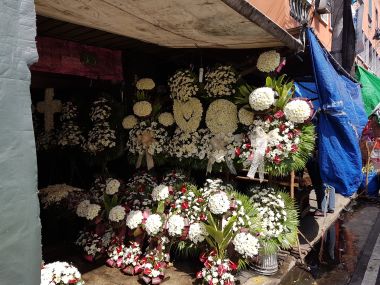
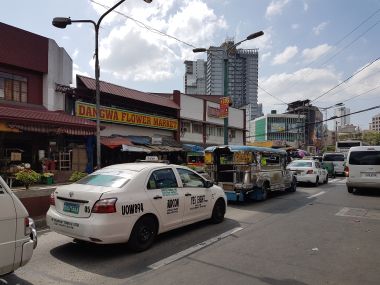
See Wikipedia for further information.
Rizal Park
Rizal Park is a large open park in the middle of Manila, close to the bay (and the Manila Hotel), named after a hero of the Philippines “José Rizal” who was executed for fanning the flames of the 1896 revolution. There are a number of restaurants in the attached “Food Court” as well as various monuments. There is a land train offering trips around the rather large rectangular park. Under the trees alongside the park it is not uncommon to see many people laying down in the heat of the day…
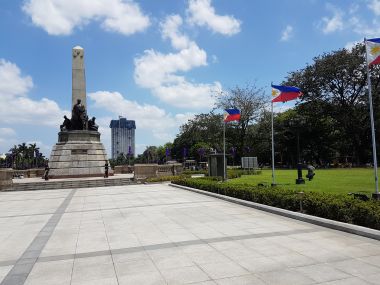
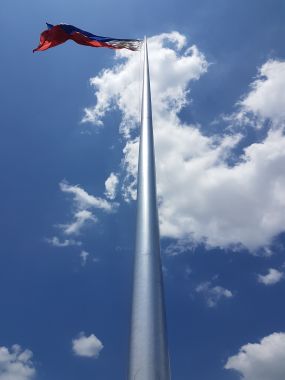
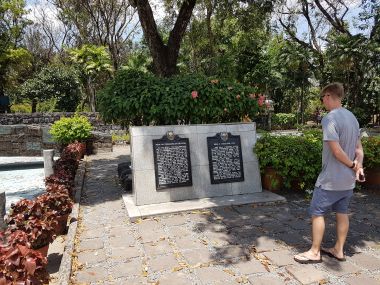
See Wikipedia for further information.
Getting Around
Getting around can be a bit tricky, here are some of the options.
- Buses - The city operates a number of routes but there are also long haul coaches available here serving the rest of the country.
- Train - The city operates several routes with quite modern looking buses.
- Taxis -
- Uber - The new way of getting around and is quite reliable in the city.
More, shall we say, local methods of transport:
- Car Rental - No way. There are some large, well maintained road but the drivers tend to be pretty fluid in their interpretation of the rules of the road and pedestrians cross in front of you at any time. Unless you are driving OUT of the city I would avoid driving.
- Jeepney - These are the traditional way of getting around the city, often colourfully painted low, stainless steel vehicles seating between 10 and 20 people. Jeepney's run on specific routes written on the side with the fare set based on the distance you travel with payment to the driver when you get on board.
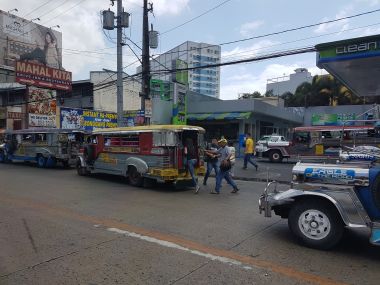
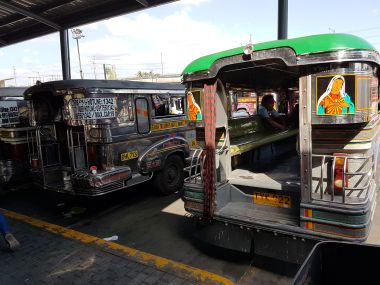
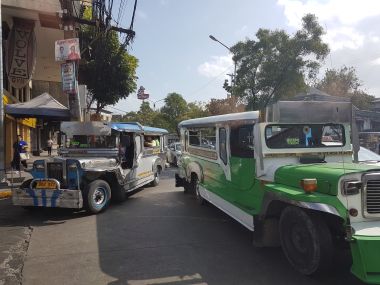
- Tricycle or pedicab - Negotiate the rate in advance but, seriously, you are taking your life in your own hands. Fun I can imagine…
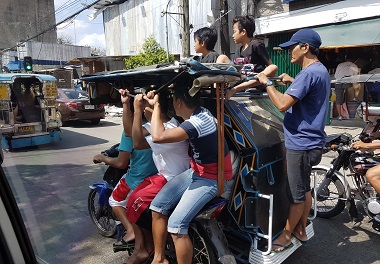
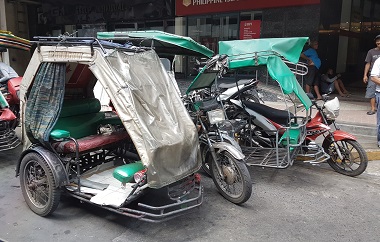
- Calesa (traditional horse drawn carriage)
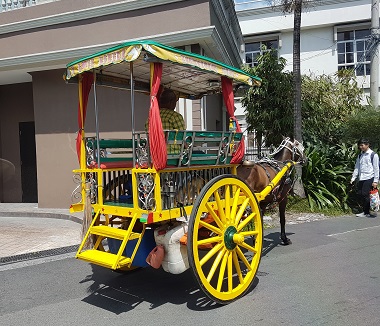
Pictures
The following are some pictures from my Flickr account from my tour of the city:
Further Information
For further information, please see: